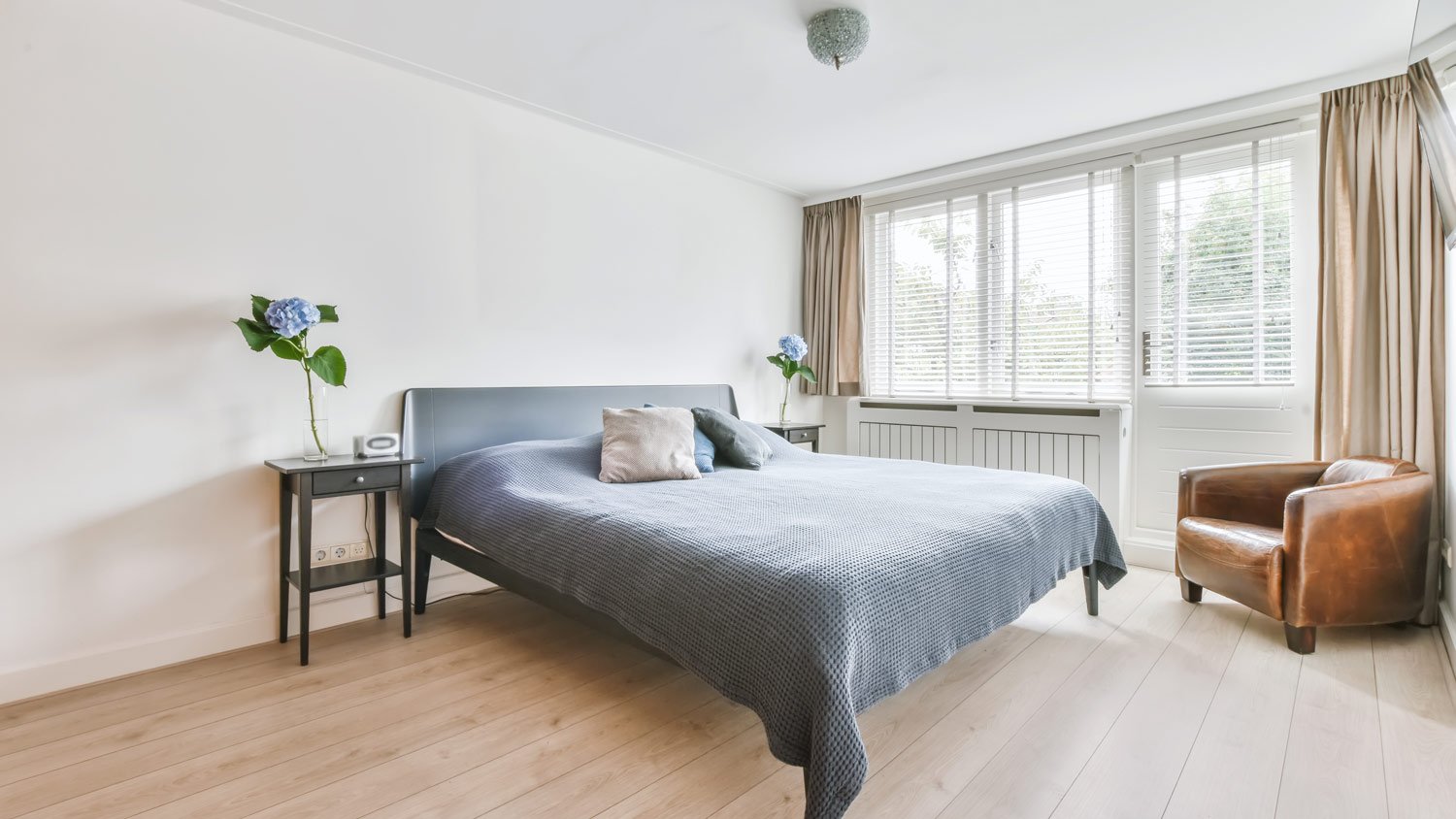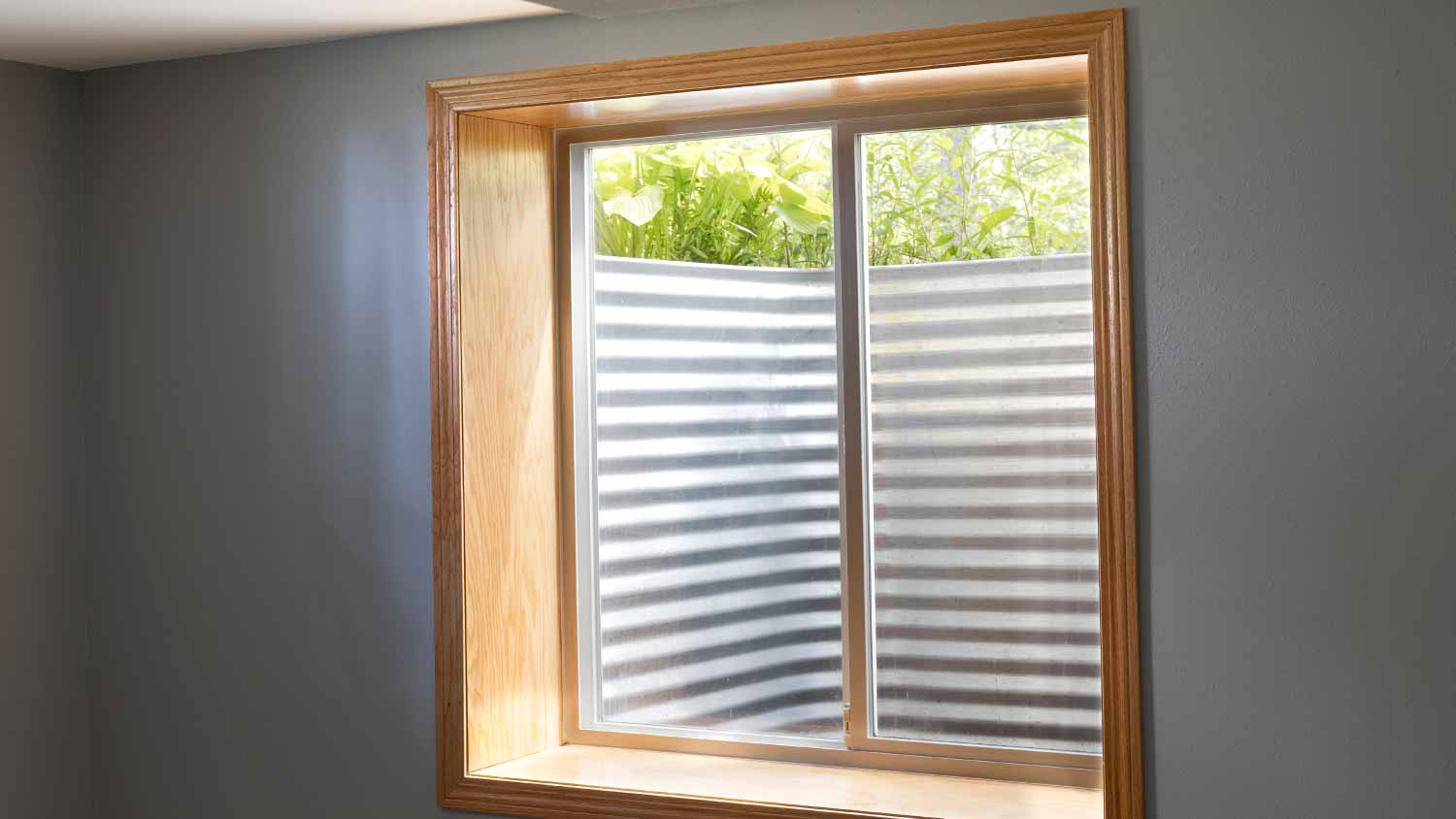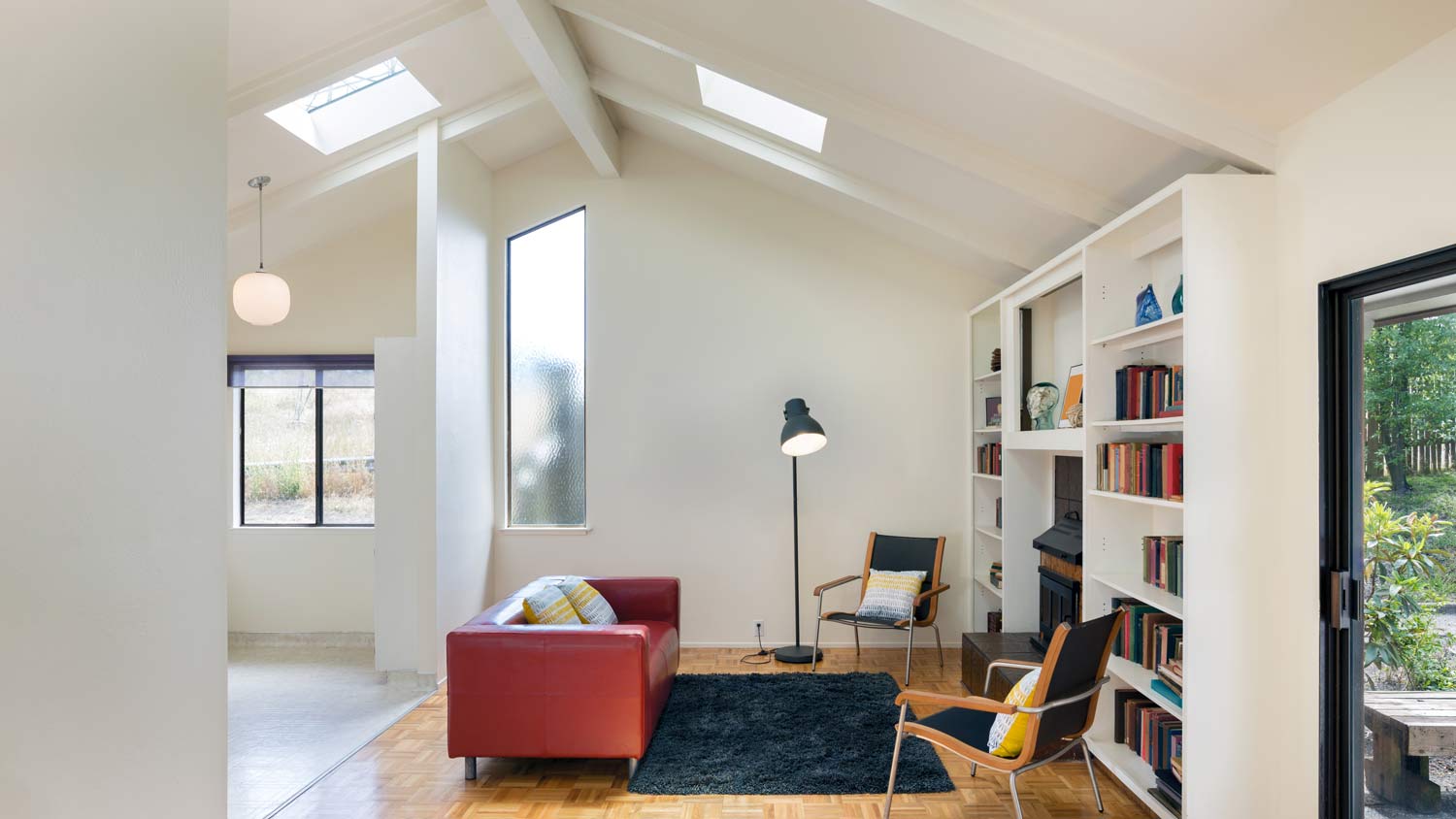
Wooden windows elevate a home’s curb appeal and have a lifespan of up to 45 years. Learn about the cost of wooden windows and how to get an estimate.
The cost to enlarge a window ranges from $1,200 to $5,000with an average of $3,000. Your total will depend on how much you’re expanding the wall opening, the location of the window, and more.


Common window expansion projects range between $2,500 and $5,000 per window, based on the complexity of the job.
Labor rates for window specialists run, on average, from $500 and $1,500 per project.
Additional pros, including electricians or general contractors add $50 to 1,000 to the labor budget.
To haul away old windows, you’ll pay between $60 and $500 per project.
New windows cost an average of $150 to 7,100, depending on the style, size, and customizations.
The average cost to enlarge a window is $3,000, and most projects fall between $1,200 and $5,000. Prices could fall as low as $500 to convert a small slider to a double-hung window while widening a wall opening for a double-hung window to fit an oversized bay window on a second story could cost as much as $10,000.

The size of your existing window and the new one you’re looking to install will be important factors when determining your project cost. The more space you need to make for the new window, the higher your cost will be, both for the new window itself and the labor required to make the switch.
More often than not, homeowners considering how much it costs to expand a window are looking to convert a single window to a side-by-side, picture, or bay window, which costs an average of $3,000. The table below includes some average pricing for common window expansion projects.
| Old Window | New Window | Cost |
|---|---|---|
| Casement | Bay | $5,000 |
| Casement | Large picture | $2,500 |
| Double-hung | Bay | $5,000 |
| Double-hung | Large picture | $2,500 |
| Double-hung | Side-by-side | $3,000 |
| Single-hung | Bay | $5,000 |
| Single-hung | Large picture | $2,500 |
| Single-hung | Side-by-side | $3,000 |
| Sliding | Bay | $5,000 |
| Sliding | Side-by-side | $3,000 |
| Hopper | Egress | $4,200 |
| Small skylight | Large skylight | $3,000 |
Hiring a window specialist will cost you between $500 and $1,500 in labor alone to expand a wall opening for a larger window. This includes widening the wall opening, removing the old window, and installing the new one.
Most exterior walls are load-bearing walls, which means widening a wall opening for a new window involves structural changes to your home. Depending on the extent of the work and the location of your window, you may need to hire a structural engineer to weigh in on the project and confirm it’s safe to complete.
You’ll need a structural engineer to design the necessary structural changes if you’re widening a skylight to extend through existing rafters, if your exterior wall needs major reframing to support a larger window, or if you’re cutting a larger hole in your foundation wall to install a larger window in your basement.
Structural engineers cost an average of $550, and prices for this specialist can range from $200 up to $1,200 or more, depending on the scale of your project.
Some smaller window enlargement projects only require a window specialist, and some require a window specialist and a structural engineer. Still, you might also need to hire other professionals for buildback to refinish your interior and exterior walls after the main work is done. Below are some other pros you may need to consider, along with average labor costs.
Cost to hire an electrician: $50–$130 per hour
Cost to hire a general contractor: $300–$600
Cost to hire a drywall specialist: $200–$800
Cost to hire an interior painter: $200–$800
Cost to hire a roofer: $300–$1,000
Between 50% and 70% of your total will go toward labor, which means the cost to make a window bigger will depend largely on your location and the cost of living in your area. You’ll pay more if you live in a major city or in a state with a higher cost of living, as labor costs will scale accordingly.
| State | Average Project Cost |
|---|---|
| California | $4,400 |
| Florida | $3,100 |
| Georgia | $2,800 |
| Illinois | $2,900 |
| Michigan | $2,800 |
| New York | $3,700 |
| North Carolina | $3,000 |
| Ohio | $2,900 |
| Pennsylvania | $2,900 |
| Texas | $2,800 |

While the size difference between your old window and new window and labor will account for the biggest price swings, there are additional cost factors you should consider before budgeting for your window enlargement.
Structural changes might be necessary to maintain your home’s structural integrity while making room for the larger window. You’ll almost always need to make changes to load-bearing headers if you’re expanding windows horizontally or cutting a larger hole in a basement wall for a bigger window. Hiring a structural engineer to plan the changes will add between $200 and $1,200 to your total, depending on the complexity of the change.
Making windows taller but maintaining the width rarely requires structural reinforcement. You’ll still pay a window specialist to install new cripple studs to support the window, but the header that provides structural support for the building materials above can remain intact.
As with window replacement costs, the cost to enlarge a window will depend on where your window is in your home. Windows on the second floor and skylights on the roof will take longer because your technician will spend more time moving materials up and down ladders and working around safety equipment. Expect windows that are more difficult to access to cost up to 10% more to resize.
How much it costs to expand a window also depends on the type of window you’re installing because the types of windows all come with different prices. For example, the material costs alone for a bay window are around three times what you’d pay for a double-hung window. The table below includes the price of the new window and the cost to install it, so you’ll also need to account for the actual window resizing costs.
| Window Type | Cost Range |
|---|---|
| Bay | $900–$7,100 |
| Casement | $150–$1,000 |
| Double-hung | $200–$800 |
| Egress | $200–$1,000 |
| Picture | $150–$900 |
| Single-hung | $150–$600 |
| Skylight | $900–$2,500 |
Enlarging a window opening involves removing window trim, cutting out portions of the drywall and siding, and removing some of the framing around your wall opening. After your professional installs the new window, you’ll also need to pay to repair siding, hang new drywall, spackle, paint, and install interior and exterior window trim. For a skylight, you may need to pay for new roofing around the window, as well as caulking and sealing. Collectively, this is called buildback.
Buildback following a window expansion project costs an average of $800, but prices can fall anywhere from $200 to $1,000 or more, depending on the scope of the project and the materials. You’ll pay toward the higher end if you need to account for the cost of wood siding and custom window trim, while the lower end is more appropriate for vinyl siding and standard trim.
You’ll pay between $60 and $500 to have your professional haul away the old window and any remaining construction debris after the work is done. A $60 charge is standard for a small hopper window, while you’ll pay up to $500 for a larger bay or bow window. Some window specialists include this in their initial estimate, so be sure to check with yours before budgeting separately for it.
Most municipalities will require that you pull permits for window replacement, which means you’ll also need a permit for expanding a window. Permits for window enlargement cost between $100 and $300, on average, and prices vary based on your local building department. If your project involves making structural changes to your home, you could pay $500 or more for permits alone.
You should always hire a pro—and your building department likely requires that you do—if your project requires structural changes, such as enlarging a window in a foundation wall or widening a window in a standard exterior wall. Mistakes are easy to make when it comes to structural work, and they could lead to severe structural damage that costs thousands to fix.
For the best results and the safest project possible, hire a window specialist near you. Here are some of the top reasons to work with a pro:
Pros ensure the project remains up to code and energy-efficient, adding peace of mind and durability to your new windows.
They have the tools and materials needed to remove the old windows and install new windows, often bundling the work together.
Working with a pro ensures your project is done accurately and without the need for costly repairs in the future.
Bundling window enlargement with other window services, such as reframing or replacing existing windows, can save on overall costs.
Window enlargement costs an average of $3,000, while window replacement costs $750 per window. In all cases, sticking with your current window size and simply removing the old window and installing a new one will be more affordable.
You should consider the importance of window size before opting for an enlargement. If your space lacks natural light, has poor curb appeal, or feels too claustrophobic, paying more for an enlargement may be worthwhile. However, on average, you’ll pay more than three times as much to replace the existing window with one of equal size.
Enlarging a window can cost as much as $10,000, so most homeowners will look for ways to save money while still getting the look they dream of. Here are some tips to save money on your project.
Expand windows vertically: Making window openings wider will almost always require structural changes and bump up your total by an average of $550. Making windows taller rarely requires the same changes and will be much more affordable.
Consider a replacement instead: Keeping your window the same size and replacing it will cost 30% of what you’d pay if you install a larger one. You can add a bit more natural light to your living space with a replacement by choosing a picture or casement window with no dividers and thinner frames.
Tackle some of the work yourself: Widening a wall opening and installing a new window is a job for professionals, but you can save between $200 and $1,000 on your total by doing portions of the work yourself. Consider tackling the drywall repair, interior painting, and trim installation to keep costs as low as possible.
Choose your new window carefully: New window prices vary widely depending on the type of window, as well as the frame and glass materials. Choose more affordable styles, vinyl frames over fiberglass and double-pane glass over triple-pane to save up front, or consider energy-efficient windows with window tinting for long-term savings on utility bills.
New windows increase home value, but installing larger windows can increase property value even more. Larger windows increase curb appeal, provide better views of the outdoors, and bring more natural light into your living space. Expect a return on investment (ROI) of between 80% and 90% when installing larger windows in your home.
Be prepared to discuss what size your current windows, along with wall dimensions, as that may affect the overall project price.
If there is room left in your budget, ask your pro about add-ons, such as custom frames, tinting, or storm windows.
Be prepared for unexpected costs, such as wall damage or structural repairs, that may arise during the enlargement process.
Home is the most important place on earth, which is why Angi has helped more than 150 million homeowners transform their houses into homes they adore. To help homeowners with their next project, Angi provides readers with the most accurate cost data and upholds strict editorial standards. We extensively research project costs to develop the pricing data you see, so you can make the best decisions for you and your home. We rely on reputable sources, including the U.S. Bureau of Labor Statistics, academic journals, market studies, and interviews with industry experts—all to ensure our prices reflect real-world projects.
Want to help us improve our cost data? Send us a recent project quote to [email protected]. Quotes and personal information will not be shared publicly.
From average costs to expert advice, get all the answers you need to get your job done.

Wooden windows elevate a home’s curb appeal and have a lifespan of up to 45 years. Learn about the cost of wooden windows and how to get an estimate.

Looking to upgrade your windows? Use this guide on window sill replacement costs to estimate the total before you get started.

Is it time to upgrade your home’s windows? Learn more about window replacement costs, considering various window sizes, styles, and energy efficiency.

Learn how to clean a window well properly and safely. Using common cleaning supplies, you can remove dirt, debris, grime, rust, and other unwanted materials.

Find out the egress window dimensions required for bedrooms, basements, and attics, according to International Building and Residential Codes.

Skylight sizes and dimensions suit different household needs, see which type is best for your home and fits with your roof style.